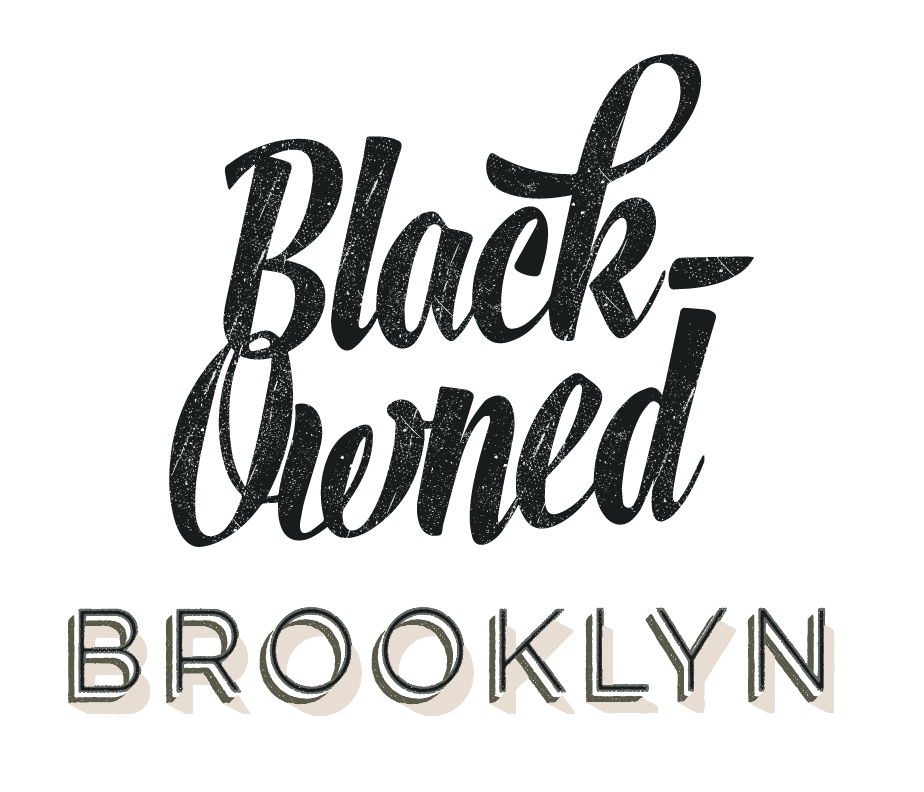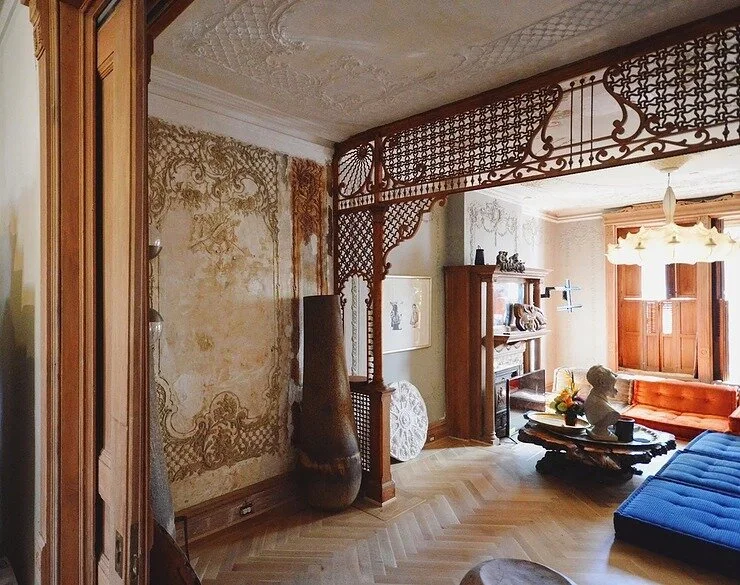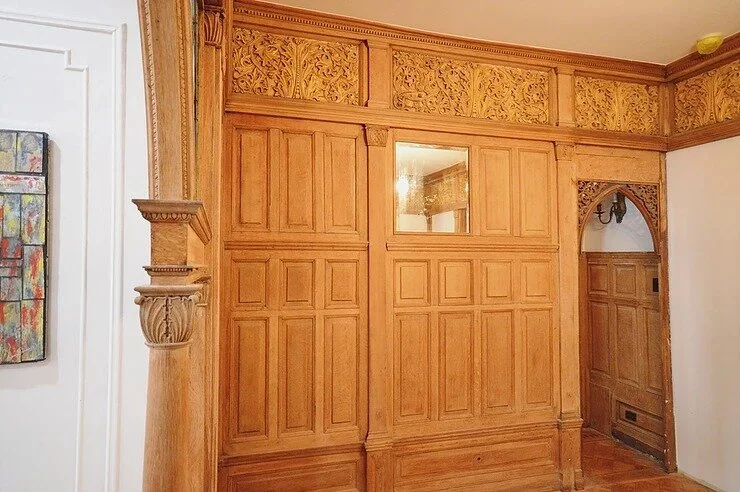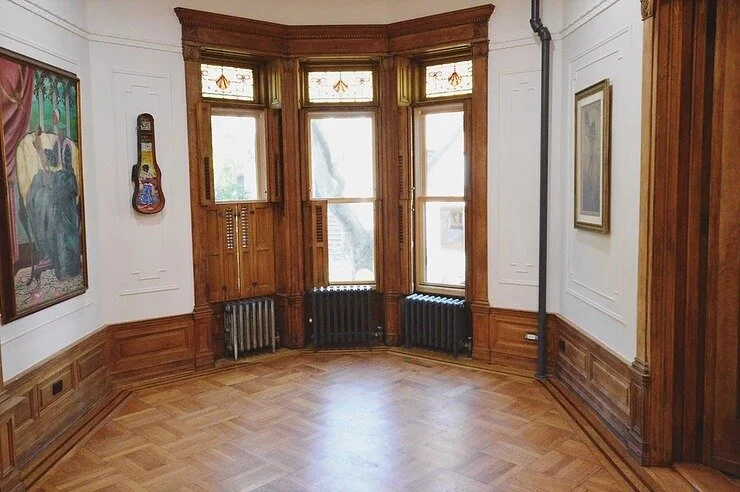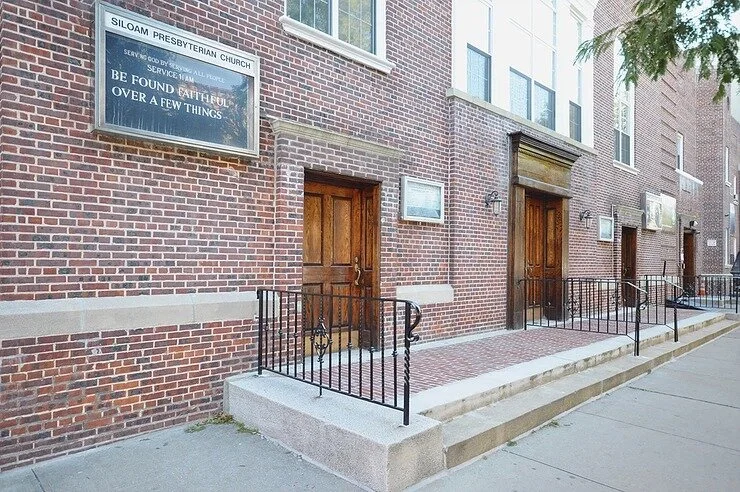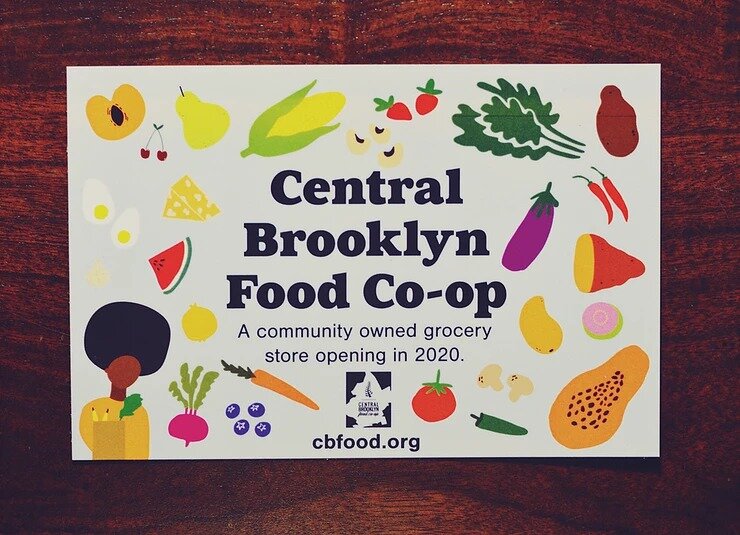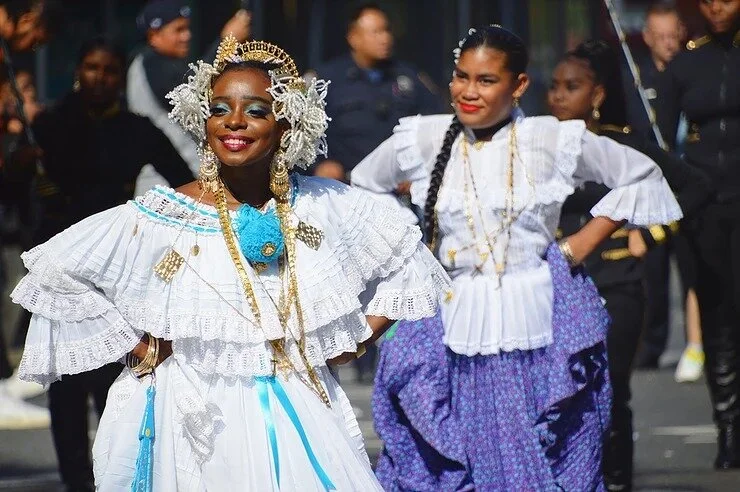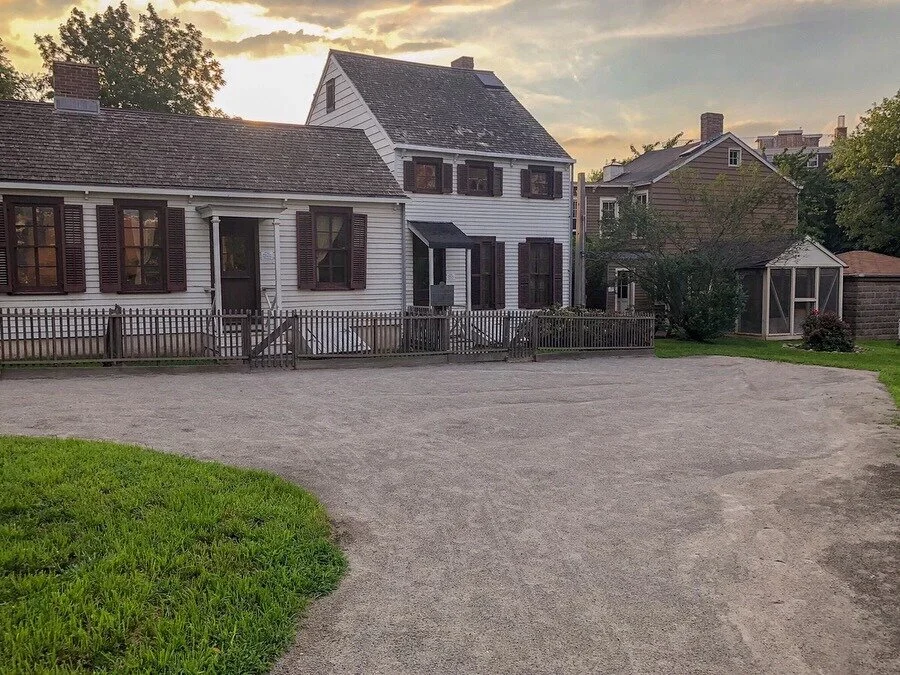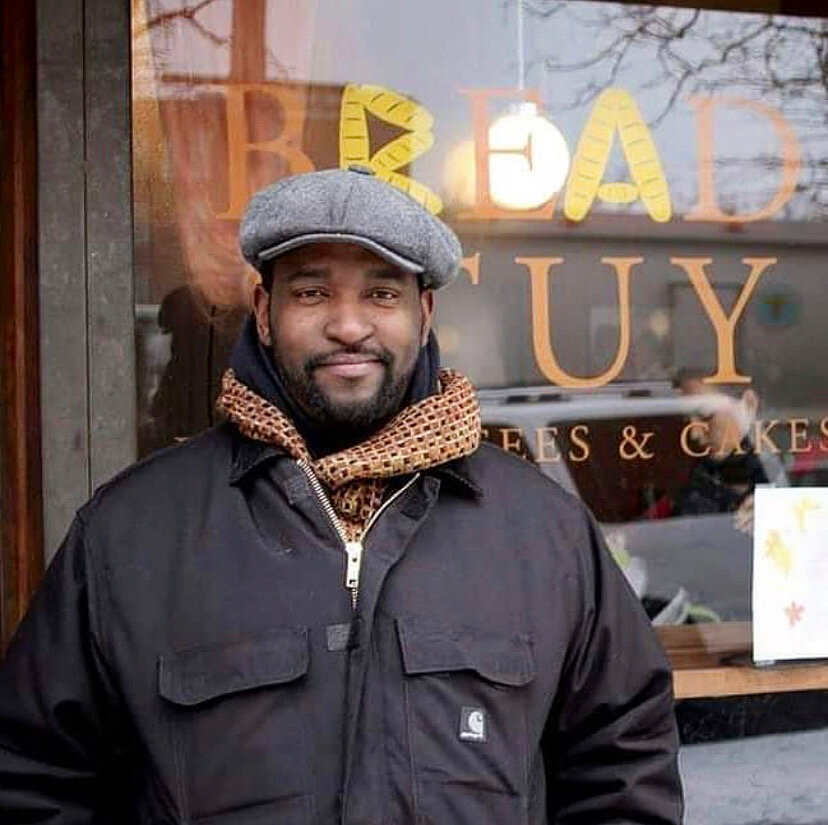The Brownstoners of Bedford-Stuyvesant
As they watched droves of Black middle class families move away from their beloved Bedford-Stuyvesant, in 1977 a small group of Black homeowners came together to stop the flight, counter relentless negative press about their community, and encourage other African-American families to purchase property there. Calling themselves the Brownstoners of Bedford-Stuyvesant, they organized a house tour to showcase the beauty of the neighborhood (which boasts the highest concentration of Victorian properties in New York City).
“People were leaving because they were not recognizing the value in the homes and the value of raising your family in a community like Bedford-Stuyvesant,” says Renee Turner-Gregory, Bed-Stuy native and president of the Brownstoners.
The group’s founders sought to preserve both family ownership of historic homes that previous generations had labored to acquire and Bed-Stuy’s Black cultural heritage. Forty-two years later, the Brownstoners of Bedford-Stuyvesant are still organizing — although today they focus on empowering longtime residents to fight predatory real estate developers and deed theft, as well as helping young families navigate seemingly impossible barriers to Bed-Stuy home ownership.
On Saturday, they held their 41st annual house tour. Before embarking upon the self-guided tour, we spoke with four leaders from the volunteer organization (L-R: Lynette Lewis-Rogers, president emeritus; Turner-Gregory; Marilyn Reid, former president; and Marguerita Fletcher, house tour committee chairperson) about their crucial community work. “Owning a home is not just a piece of property,” says Lewis-Rogers. “It gives your family stability. It’s legacy.”
“Owning a home is not just a piece of property. It gives your family stability. It’s legacy.”
Once a year, for the past 41 years, Bed-Stuy residents have opened up their homes for the Brownstoners of Bedford-Stuyvesant house tour. In recent years, roughly 1,000 people have rolled through. While photos are strictly prohibited — and the Brownstoners’ volunteers did NOT play about enforcing this rule — we were lucky to get the green light to photograph the inside of two Black-owned houses along this year’s route.
“We include houses that are in all different stages, including homes that are still being restored to their former glory, where you can see what they’re evolving to,” said Fletcher.
This was the case for the two houses we captured, unfinished but abundant with stunning historic details: intricate wooden fretwork and molding, stained glass windows and partitions, floor-to-ceiling wood-framed mirrors, geometric-patterned parquet flooring, fireplaces with elaborately carved mantels, the occasional chandelier.
Proceeds from the house tour support scholarships for high school graduates from Boys and Girls High School and Brooklyn Academy who attend HBCUs.
In addition to historic homes, the 10 stops on this year’s Brownstoners of Bedford-Stuyvesant house tour included the Italianate style Akwaaba Mansion bed and breakfast, the Classical-Revival Macon Library, and Siloam Presbyterian Church.
Siloam was founded in 1849 in Downtown Brooklyn — the church’s original location was part of the Underground Railroad and visited by abolitionist John Brown en route to the Harper’s Ferry raid — before the congregation relocated to Bed-Stuy in 1944. This newer building is also historically rich as a civil rights hotbed visited by Malcolm X and is striking in its simplicity, disrupted by “Transfiguration 2,” a massive abstract sculpture looming over the pulpit.⠀
Beyond their house tour, the Brownstoners of Bedford-Stuyvesant’s 150 volunteers run a weekly literacy program at a neighborhood elementary school, vigilantly engage in door-to-door outreach to keep seniors from losing their homes over unpaid taxes, manage voter registration drives, lead workshops on home ownership, and sponsor the “Bed-Stuy Alive!” festival showcasing local artists and businesses (the 12th annual festival was held earlier this month at Restoration Plaza).
The embodiment of walking the talk, the Brownstoners’ vision, leadership and action have been a backbone of Bed-Stuy for more than four decades. If you’re interested in learning more or getting involved with one of their community projects, check out a meeting — they’re held on the second Saturday of each month, 10 a.m. at Interfaith Medical Center.

